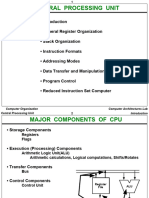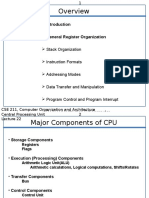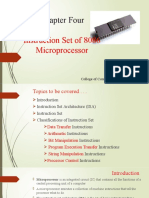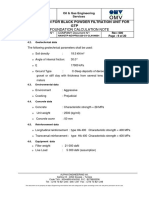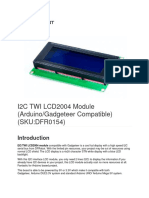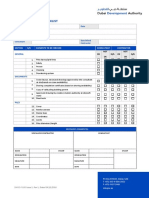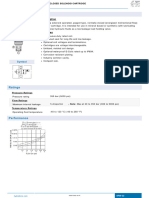0% found this document useful (0 votes)
10 views48 pagesCOA-2-Instruction Sets Addressing CISC RISC
Uploaded by
sundarpro.csrmCopyright
© © All Rights Reserved
We take content rights seriously. If you suspect this is your content, claim it here.
Available Formats
Download as PDF, TXT or read online on Scribd
0% found this document useful (0 votes)
10 views48 pagesCOA-2-Instruction Sets Addressing CISC RISC
Uploaded by
sundarpro.csrmCopyright
© © All Rights Reserved
We take content rights seriously. If you suspect this is your content, claim it here.
Available Formats
Download as PDF, TXT or read online on Scribd
/ 48


















